Bowie’s bounty: Sotheby’s presents ’Bowie/Collector’ exhibition and auction
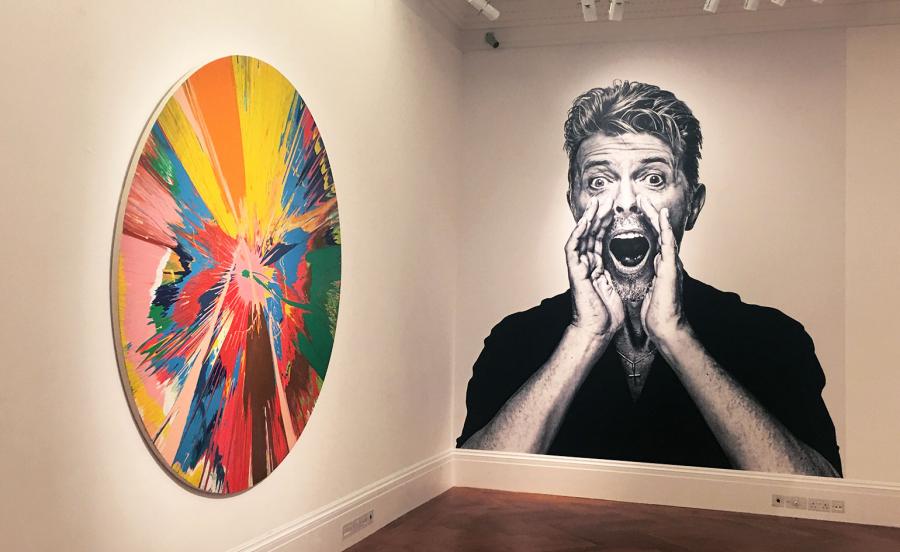
What a thrill to stand in front of David Bowie’s record player and imagine him pulling favourite albums by atonal noisemaker Glenn Branca or pioneering Dutch geeks The Electrosoniks from a shelf in his New York home and blasting them out to Iman or Brian Eno, at neighbour-bothering volumes.
Bowie’s 1960s Brionvega music centre, designed by the Castiglioni brothers, isn’t in mint condition – it’s slightly foxed around the edges of the detachable speakers, and Manhattan sunshine has discoloured the unit’s white melamine surfaces to a buttery yellow tone – but the unconventional, jolie laide piece of industrial design, exhibited in the George Street foyer of Sotheby’s ’Bowie/Collector’ sale preview in London, is indicative of the man and his eye, his intelligently informed thing, for art. Someone who collected for love, for beauty, inspiration, contemplation, entertainment and amusement, rather than just for money.
Bowie’s fascination with not just art, but also with artists, the art world, art journalism, auction houses and the creative process of design, is well documented. Away from music he was a regular at salerooms, art fairs and ateliers. He befriended advisors and gallerists, enlisted the services of specialist dealers, wrote for art magazines, referenced art in interviews and in song lyrics – ’Joe The Lion’ from Bowie’s landmark Heroes album (’Nail me to my car and I’ll tell you who you are’) being a paean to self-harming performance artist Chris Burden.
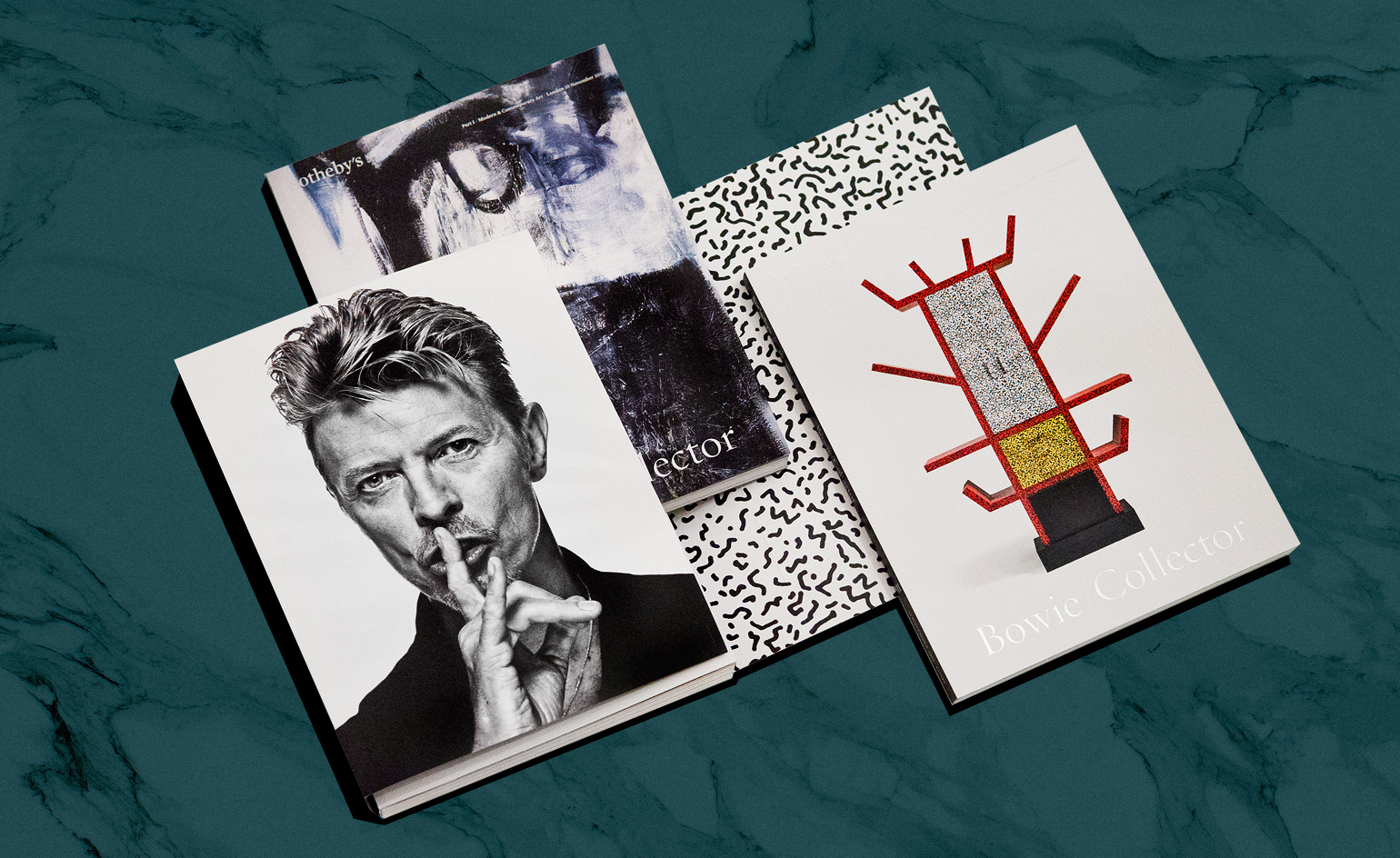
The ’Bowie/Collector’ catalogue.
In keeping with Bowie’s eclectic but considered preferences, the modest Sotheby’s preview offers insight into a much larger collection that acknowledges established artists – Henry Moore, Jean Michel Basquiat (Bowie purchased Air Power in 1995 for £78,500 – it’s now valued at £2.5million), Damien Hirst and Frank Auerbach are all represented here – and delights in championing the work of lesser known talent also.
So, next to the Basquiat is a is a magnificently phallic William Turnbull, an energetic, monochrome abstract by St Ives painter Peter Lanyon and a pair of naive 'outsider art' drawings by residents at Gugging, a psychiatric ward near Vienna, Austria. Bowie and Eno visited the hospital in early 1994, interviewed and photographed its patients, and bought some of their work. Their outsider art experience would become the inspiration for Bowie’s 1995 industrial rock album Outside.
An ice-cream array of furniture, lighting and ceramics is the centrepiece for the main room at the Sotheby’s show. Bowie collected Memphis – the eccentric, Marmite-ish 1980s movement founded by Ettore Sottsass. The style isn't to everyone’s taste – think of it as the Let’s Dance to the Patrick Caulfield canvas’ Station To Station – but viewed within the context of the Hirst spin painting and the dumpster sculpture pieces by Beninese artist Romauld Hazoumé, you can see how the group’s bonkers Milanese take on tribal, pop kitsch appealed.
But it is the dessert-thick, whipped oils of Auerbach’s Head of Gerda Boehm that leaves the most lasting impression. A profoundly affecting portrait of the London-born artist’s cousin, the painting proved particularly inspirational for the songwriter. 'I can look at it and say: My God, yeah!' Bowie once said of it. 'I want to sound like that looks.'

Bowie’s 1960s Brionvega music centre, designed by the Castiglioni brothers, isn’t in mint condition but the unconventional, jolie laide piece of industrial design is indicative of the man and his eye for design. Pictured: Brionvega Radiofonografo RR226, by Pier Giacomo and Achille Castiglioni, 1965.
Look behind the scenes of the unpacking of ’Bowie/Collector’ above

In keeping with Bowie’s eclectic but considered preferences, the modest Sotheby’s preview offers insight into a much larger collection that acknowledges established artists. Frank Auerbach’s Head of Gerda Boehm, 1965 (pictured), leaves the most lasting impression; a profoundly affecting portrait of the London-born artist’s cousin, the painting proved particularly inspirational for the songwriter
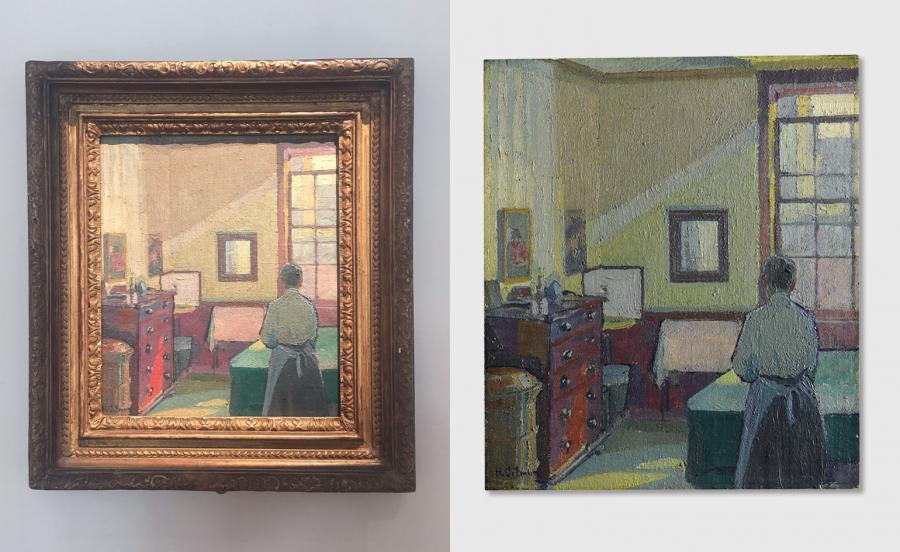
Away from music, Bowie was a regular at salerooms, art fairs and ateliers. He befriended advisors and gallerists, enlisted the services of specialist dealers, wrote for art magazines, referenced art in interviews and in song lyrics. Pictured: Interior (Mrs Mounter), by Harold Gilman, 1917

Pictured left: Bowie purchased Air Power, by Jean-Michel Basquiat, 1984, in 1995 for £78,500 – it’s now valued at £2.5million. Right: Witness, an energetic, monochrome abstract by St Ives painter Peter Lanyon, produced in 1961.
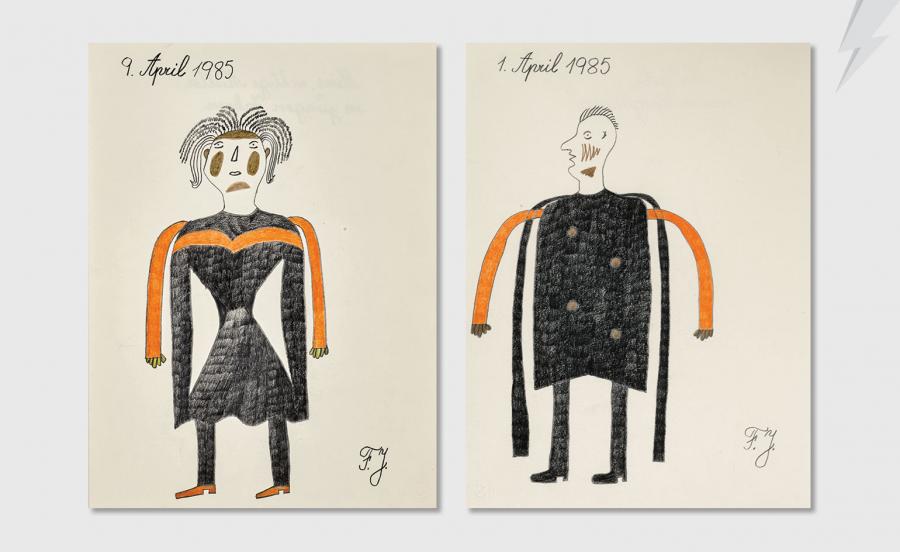
As well as established artists, Bowie enjoyed championing the work of lesser known talents. Pictured: a pair of naive ’outsider art’ drawings by Johann Fischer, a residents at Gugging, a psychiatric ward near Vienna, Austria. Bowie and Eno visited the hospital in early 1994, interviewed and photographed its patients; an experience which went on to inspire the 1995 industrial rock album Outside.
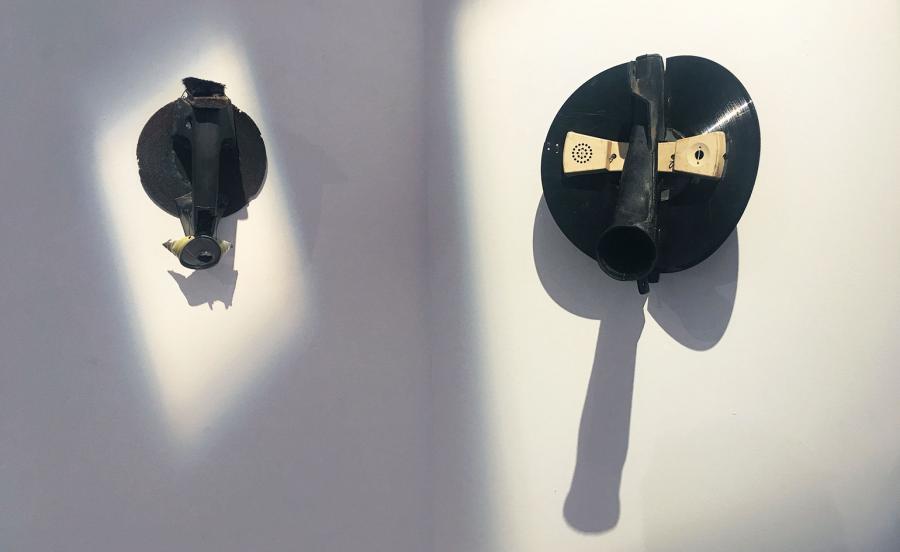
The South African sculptures of Romuald Hazoumè (pictured) use the sculptural assemblage of commonplace objects – related to sound in this case – to give them a new meaning and purpose.

Bowie collected Memphis and while the style isn’t to everyone’s taste – think of it as the Let’s Dance to the Station To Station of a nearby Caulfield canvas – it’s easy to see why it might have appealed when viewed within the context of neighbouring pieces by Hirst or Beninese artist Romauld Hazoumé. Pictured left: ‘Treetops’ floorlamp, by Ettore Sottsass, 1981. Right: ‘Casablanca’ sideboard, by Ettore Sottsass, 1981.
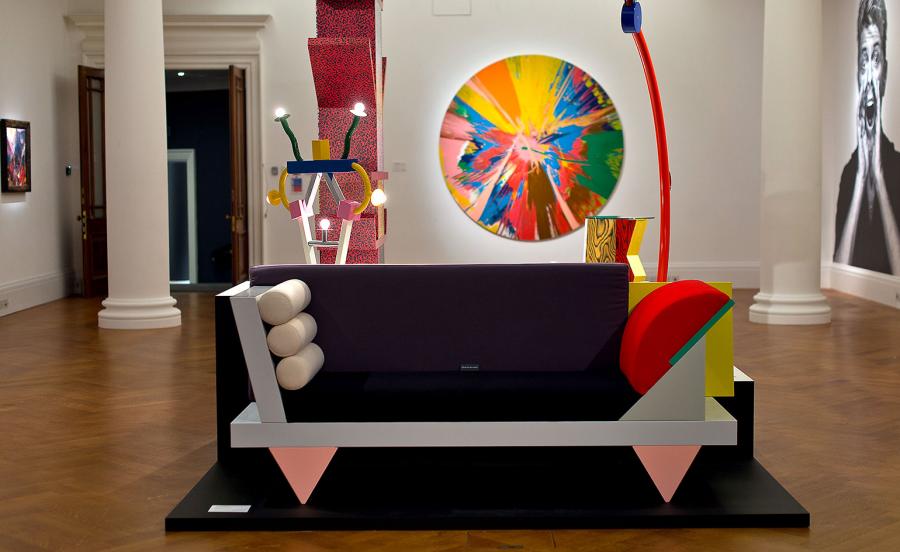
The Memphis representation is continued in the ’Big Sur’ sofa, designed by Peter Shire in 1986 (pictured at front).
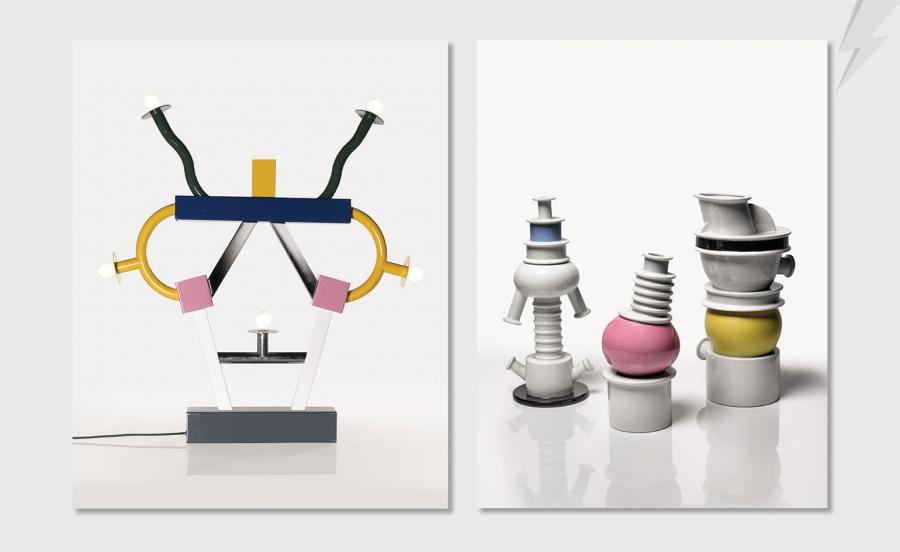
Pictured left: ‘Ashoka’ lamp, by Martine Bedin, 1981. Right: ‘Tigris’, ‘Nilo’ and ‘Euphrates’ vases, by Ettore Sottsass, 1985.
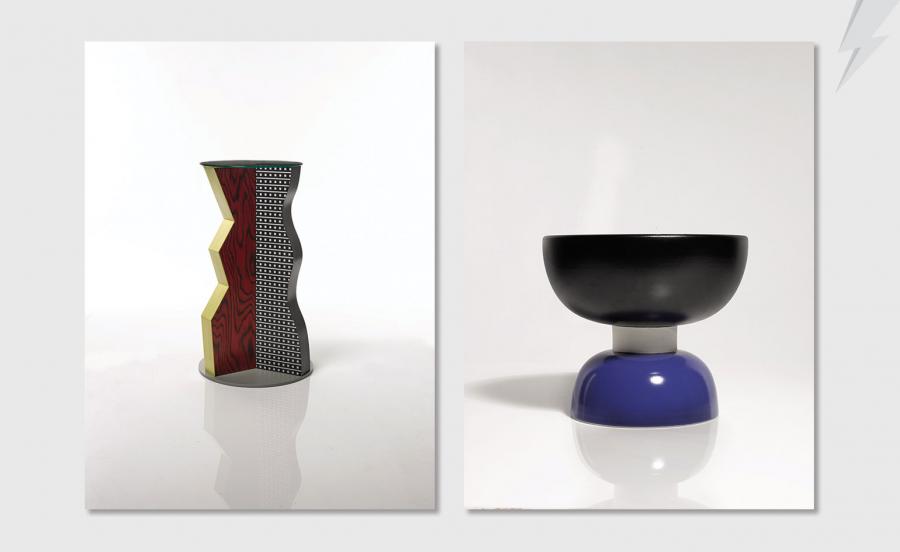
Pictured left: ‘Ivory’ table, by Ettore Sottsass, 1985. Right: ‘Alzata’ vase, by Ettore Sottsass, 1958.
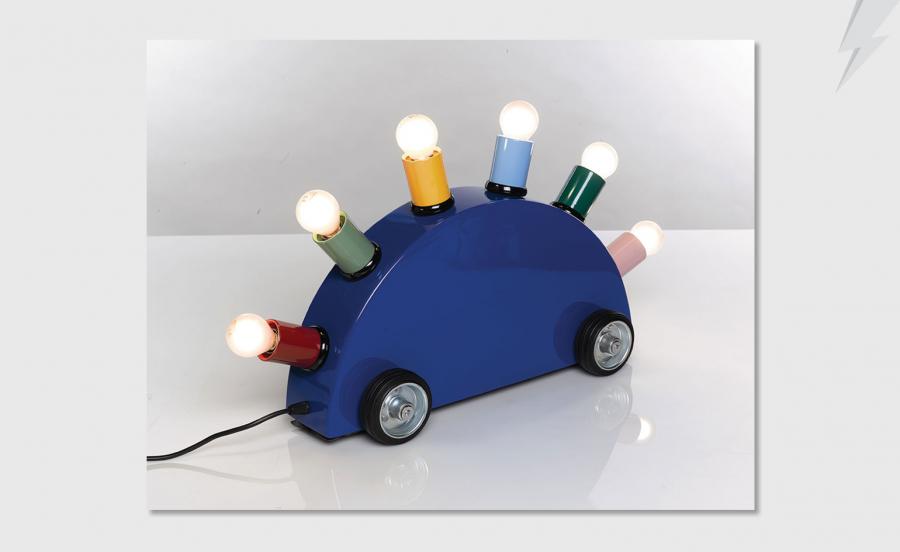
‘Super’ lamp, by Martine Bedin, 1981.
The 'Bowie/Collector' exhibition and auction will be staged at Sotheby's New Bond Street in November, preceeded by a preview world tour. For more information, visit the Sotheby's website
Preview World Tour:
London: 20 July – 9 August
Los Angeles: 20–21 September
New York: 26–29 September
Hong Kong: 12–15 October
The Exhibition:
'Bowie/Collector': 1–10 November, Sotheby’s New Bond Street, London
The Auctions:
Part I: Modern & Contemporary Art, Evening Auction, 10 November
Part II: Modern & Contemporary Art, Day Auction, 11 November
Part III: Post-Modernist Design: Ettore Sottsass and the Memphis Group, 11 November
Receive our daily digest of inspiration, escapism and design stories from around the world direct to your inbox.
Simon Mills is a journalist, writer, editor, author and brand consultant who has worked with magazines, newspapers and contract publishing for more than 25 years. He is the Bespoke editor at Wallpaper* magazine.
-
 The Testament of Ann Lee brings the Shaker aesthetic to the big screen
The Testament of Ann Lee brings the Shaker aesthetic to the big screenDirected by Mona Fastvold and featuring Amanda Seyfried, The Testament of Ann Lee is a visual deep dive into Shaker culture
-
 Dive into Buccellati's rich artistic heritage in Shanghai
Dive into Buccellati's rich artistic heritage in Shanghai'The Prince of Goldsmiths: Buccellati Rediscovering the Classics' exhibition takes visitors on an immersive journey through a fascinating history
-
 Love jewellery? Now you can book a holiday to source rare gemstones
Love jewellery? Now you can book a holiday to source rare gemstonesHardy & Diamond, Gemstone Journeys debuts in Sri Lanka in April 2026, granting travellers access to the island’s artisanal gemstone mines, as well as the opportunity to source their perfect stone
-
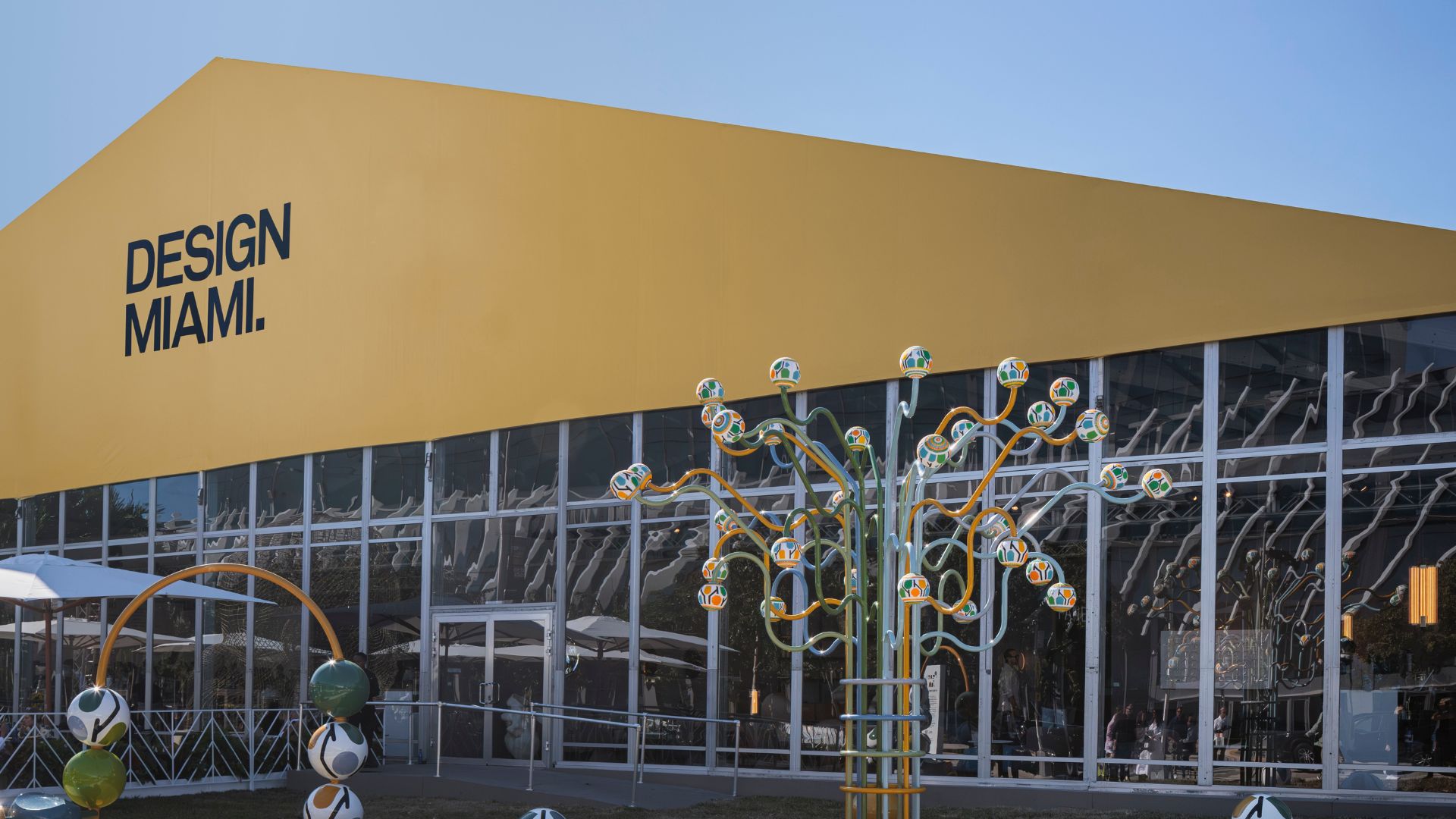 Everything you need to know about Design Miami 2025
Everything you need to know about Design Miami 2025The collectible design fair returns to Miami Beach in December for its 21st edition, alongside a vast array of art and cultural events across the city
-
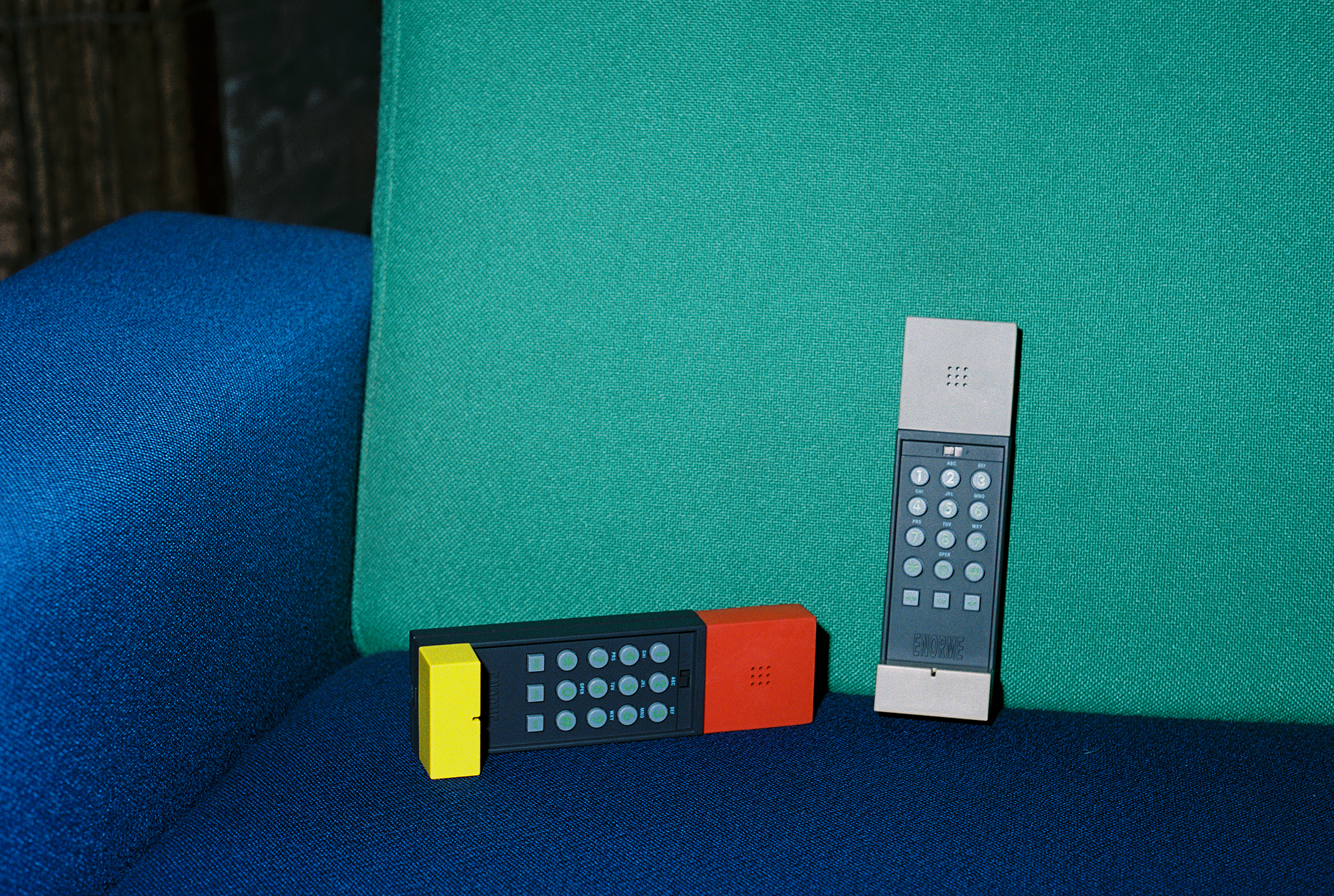 Basic.Space launches its first IRL shopping event – in an empty West Hollywood mall
Basic.Space launches its first IRL shopping event – in an empty West Hollywood mallWith the launch of its first in-person event in LA this weekend, the e-commerce platform is looking to bring collectible design to a whole new audience
-
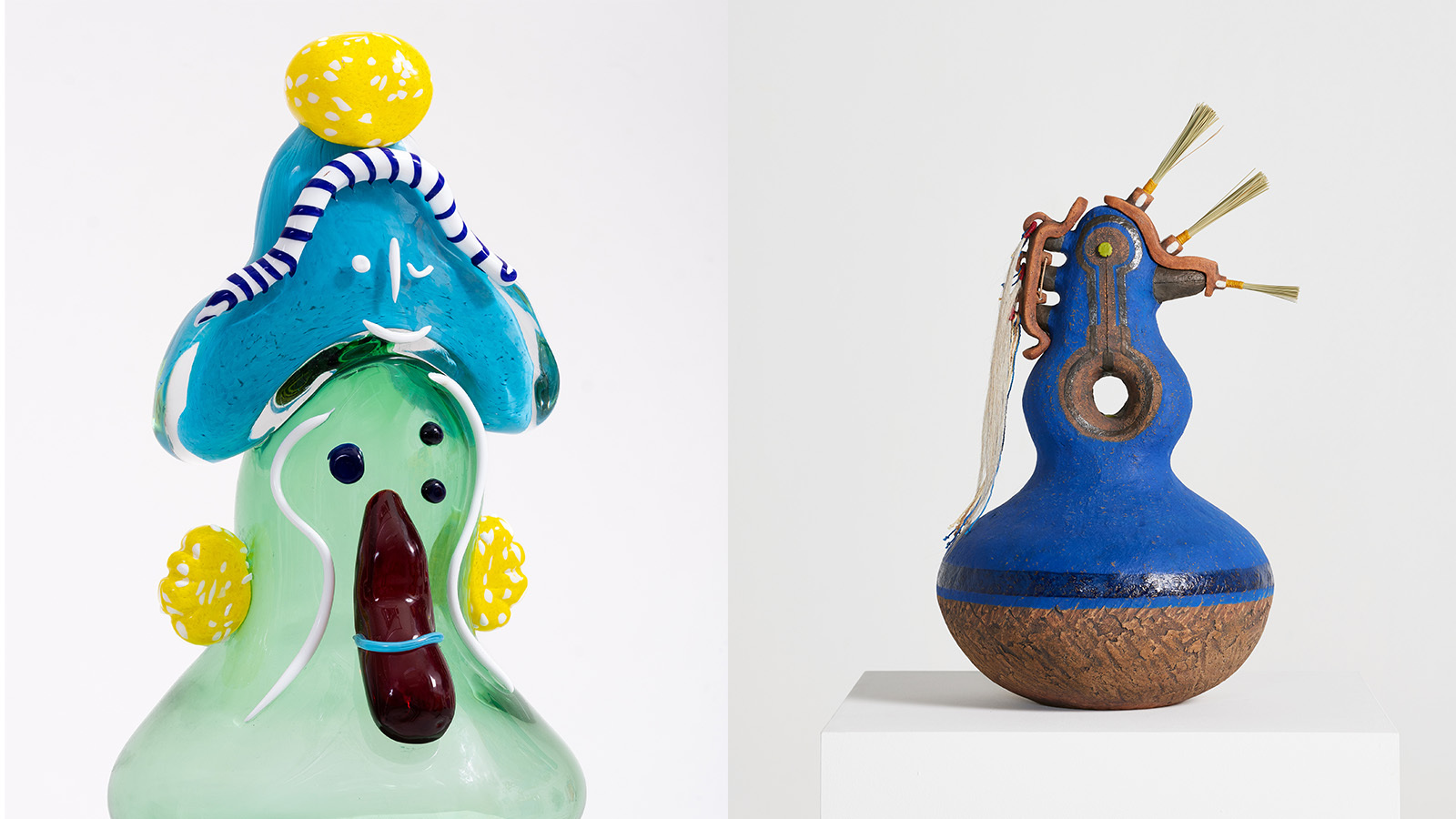 Design Miami 2024 is alive with possibility: here are 14 things to see
Design Miami 2024 is alive with possibility: here are 14 things to seeDesign Miami 2024 opens 4-8 December – let Wallpaper* guide you to the highlights, from dazzling installations to plump sofas and anthropomorphic sculptures
-
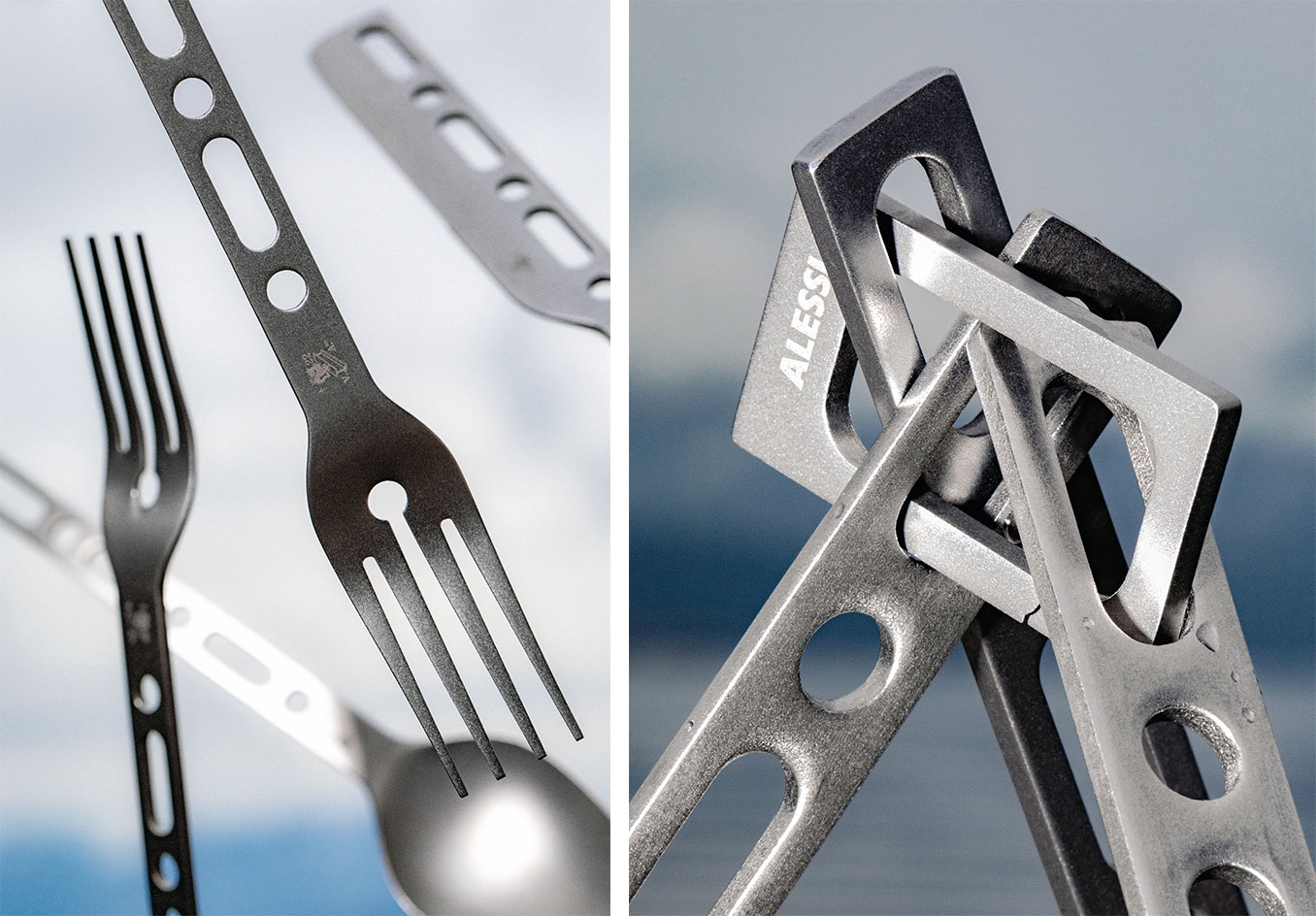 Alessi Occasional Objects: Virgil Abloh’s take on cutlery
Alessi Occasional Objects: Virgil Abloh’s take on cutleryBest Cross Pollination: Alessi's cutlery by the late designer Virgil Abloh, in collaboration with his London studio Alaska Alaska, is awarded at the Wallpaper* Design Awards 2023
-
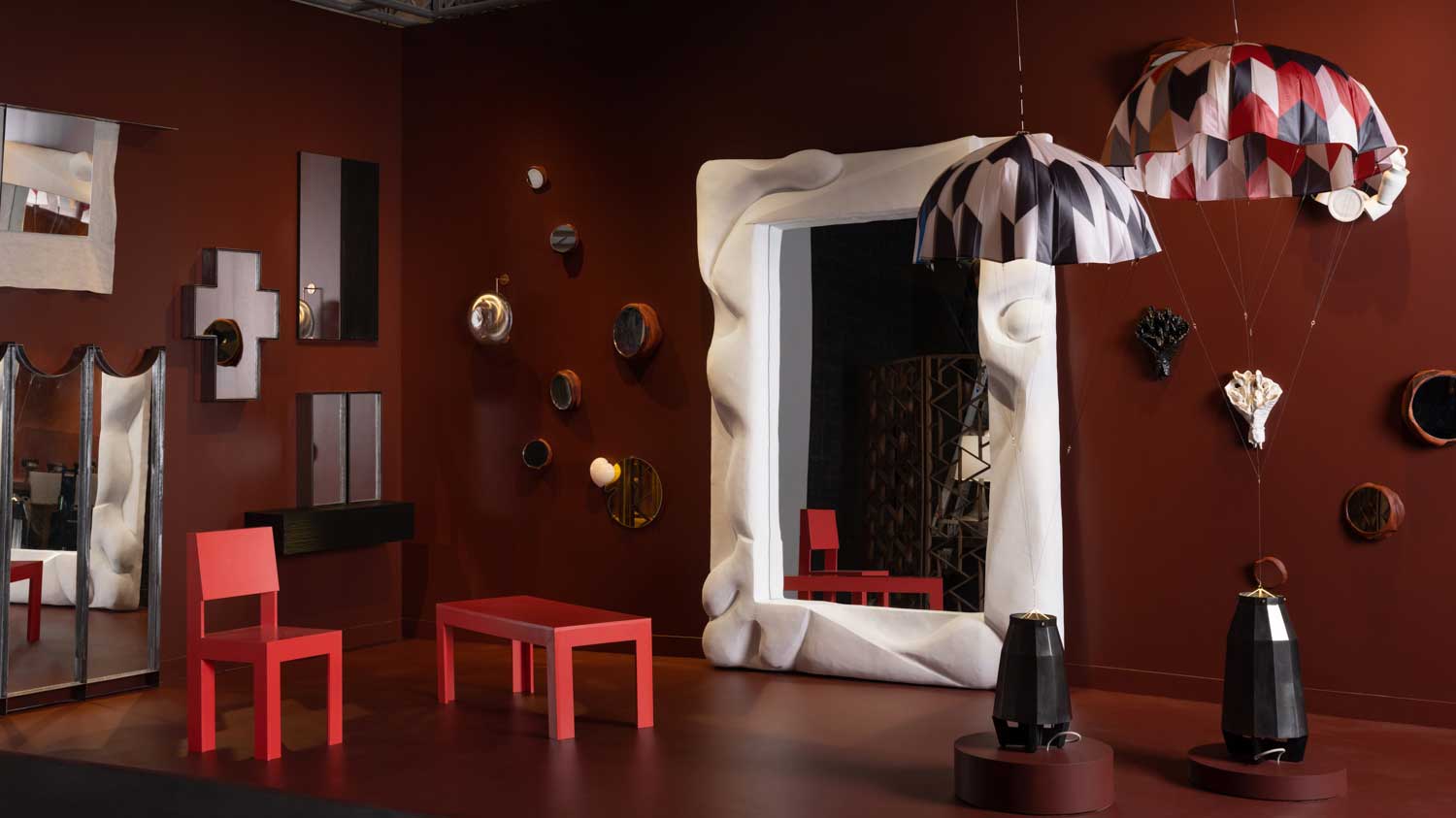 Design Miami 2022: highlights from the fair and around town
Design Miami 2022: highlights from the fair and around townDesign Miami 2022 (30 November – 4 December) aims at ‘rebooting the roots of our relationship with nature and collective structures, ecospheres, and urban contexts’
-
 Salon Art + Design 2022: design highlights not to miss
Salon Art + Design 2022: design highlights not to missWallpaper* highlights from Salon Art + Design 2022, New York
-
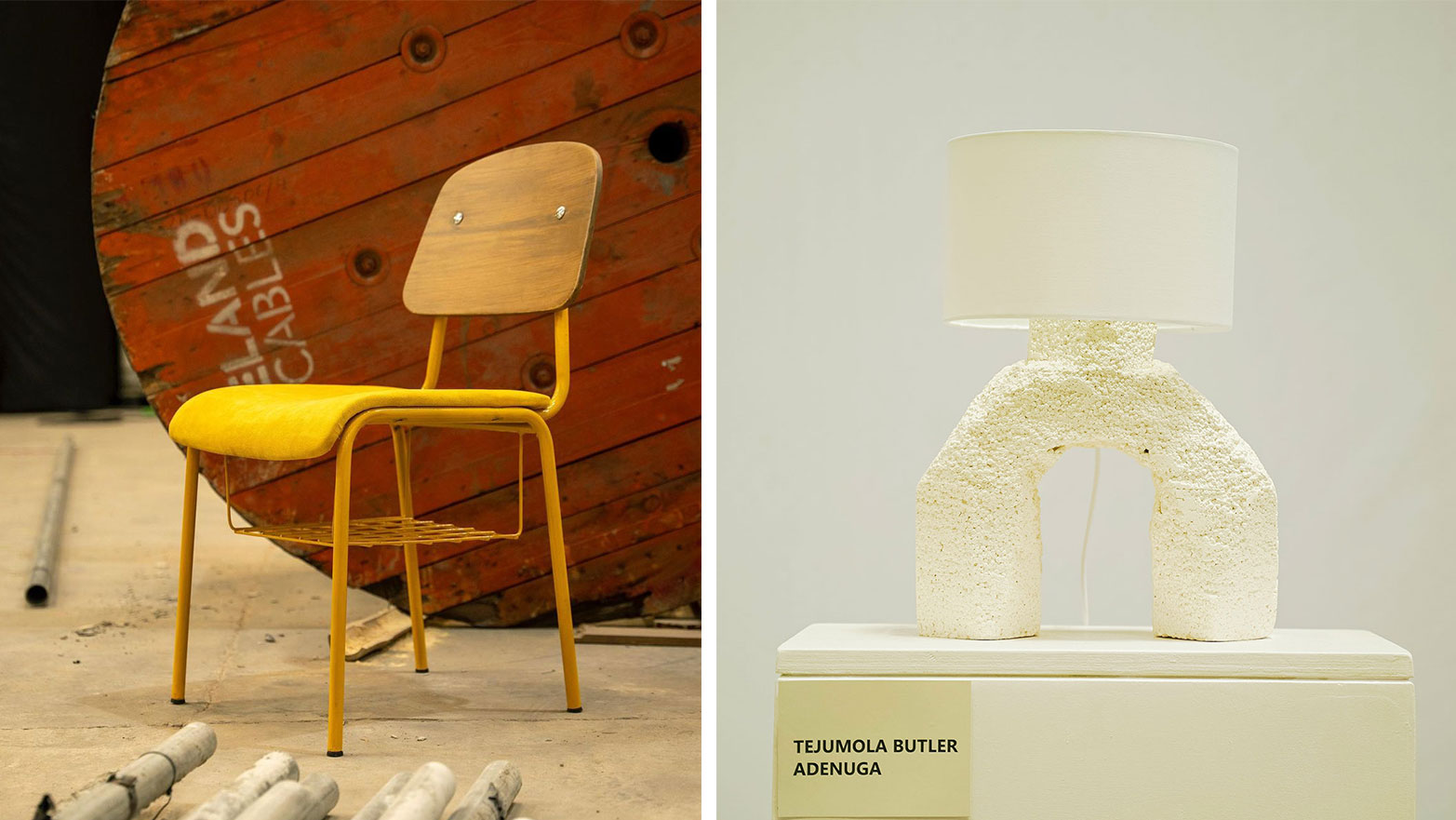 Design Week Lagos 2022 celebrates creativity and innovation in West Africa and beyond
Design Week Lagos 2022 celebrates creativity and innovation in West Africa and beyondCurated by founder Titi Ogufere, Design Week Lagos 2022 is based on a theme of ‘Beyond The Box’
-
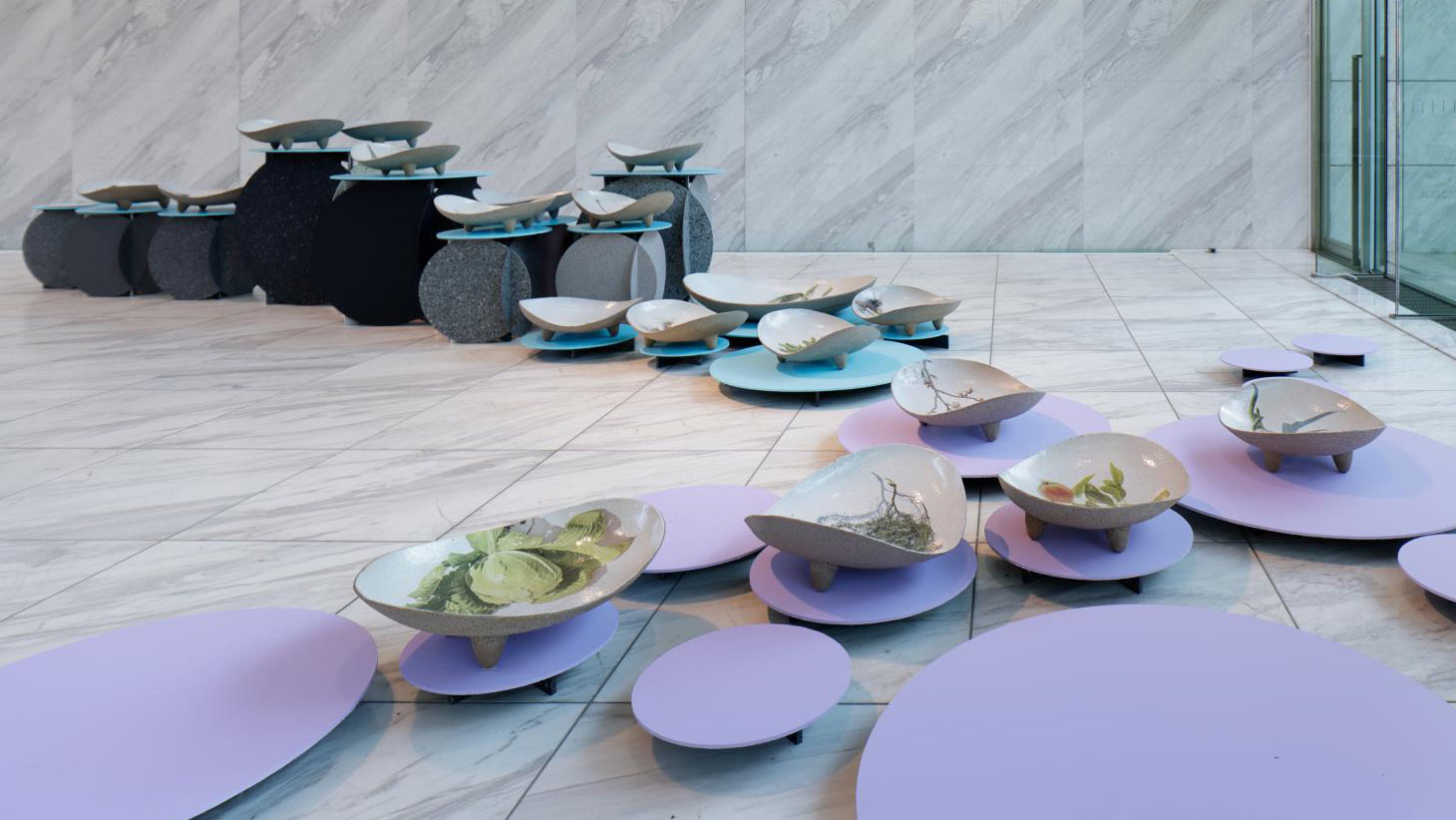 Designart Tokyo transforms the city into a museum of creativity
Designart Tokyo transforms the city into a museum of creativityDesignart Tokyo presents global design highlights through a series of exhibitions involving global creative talent and traditional Japanese craft